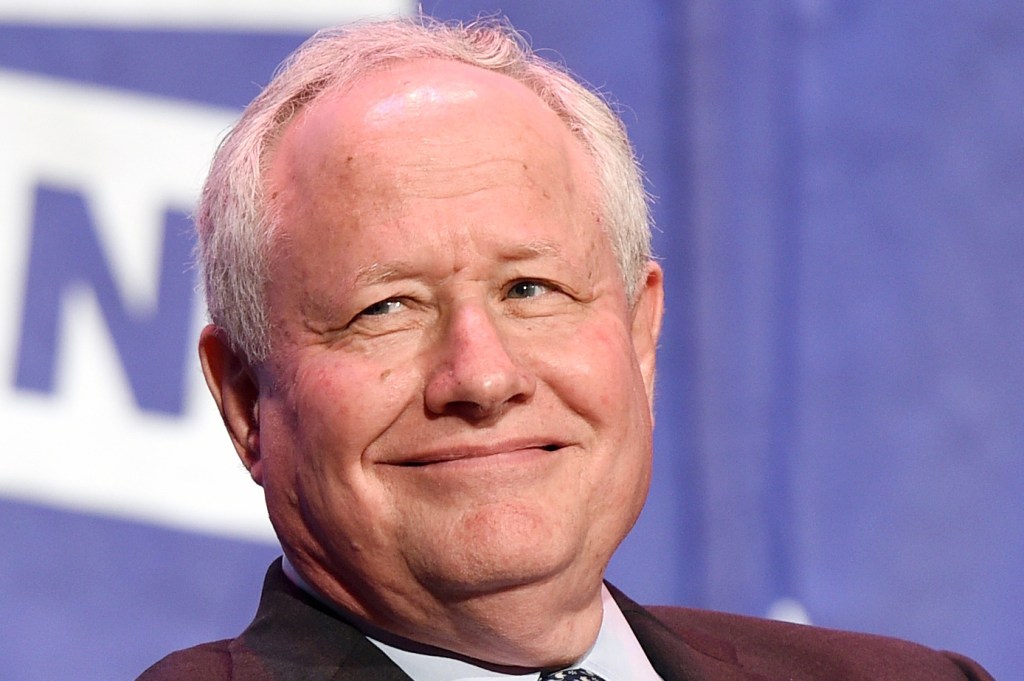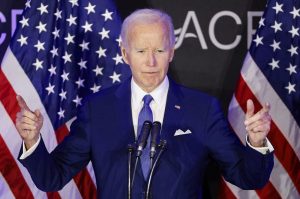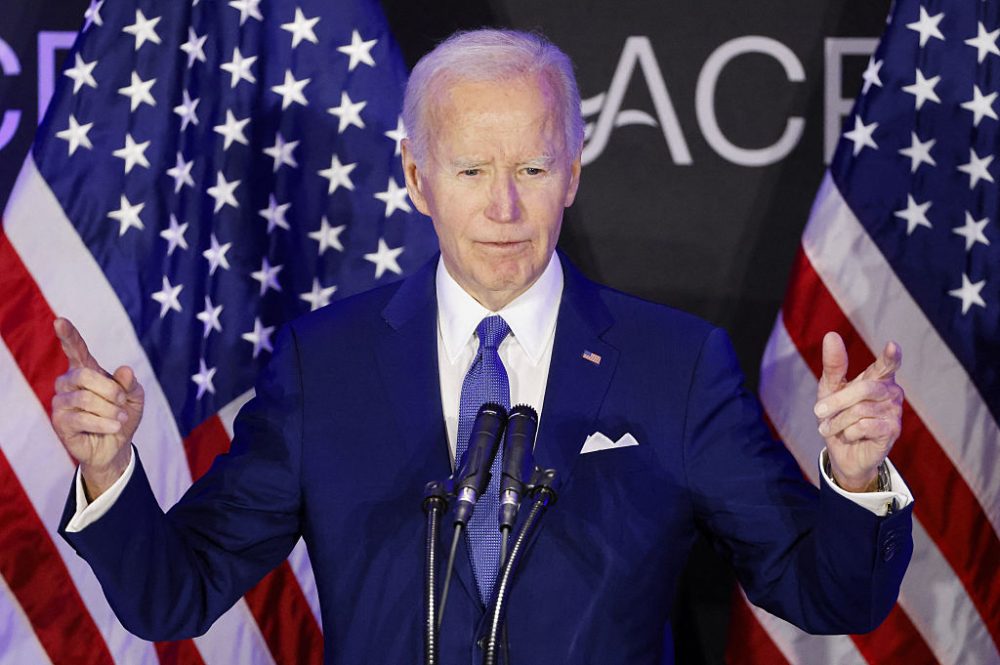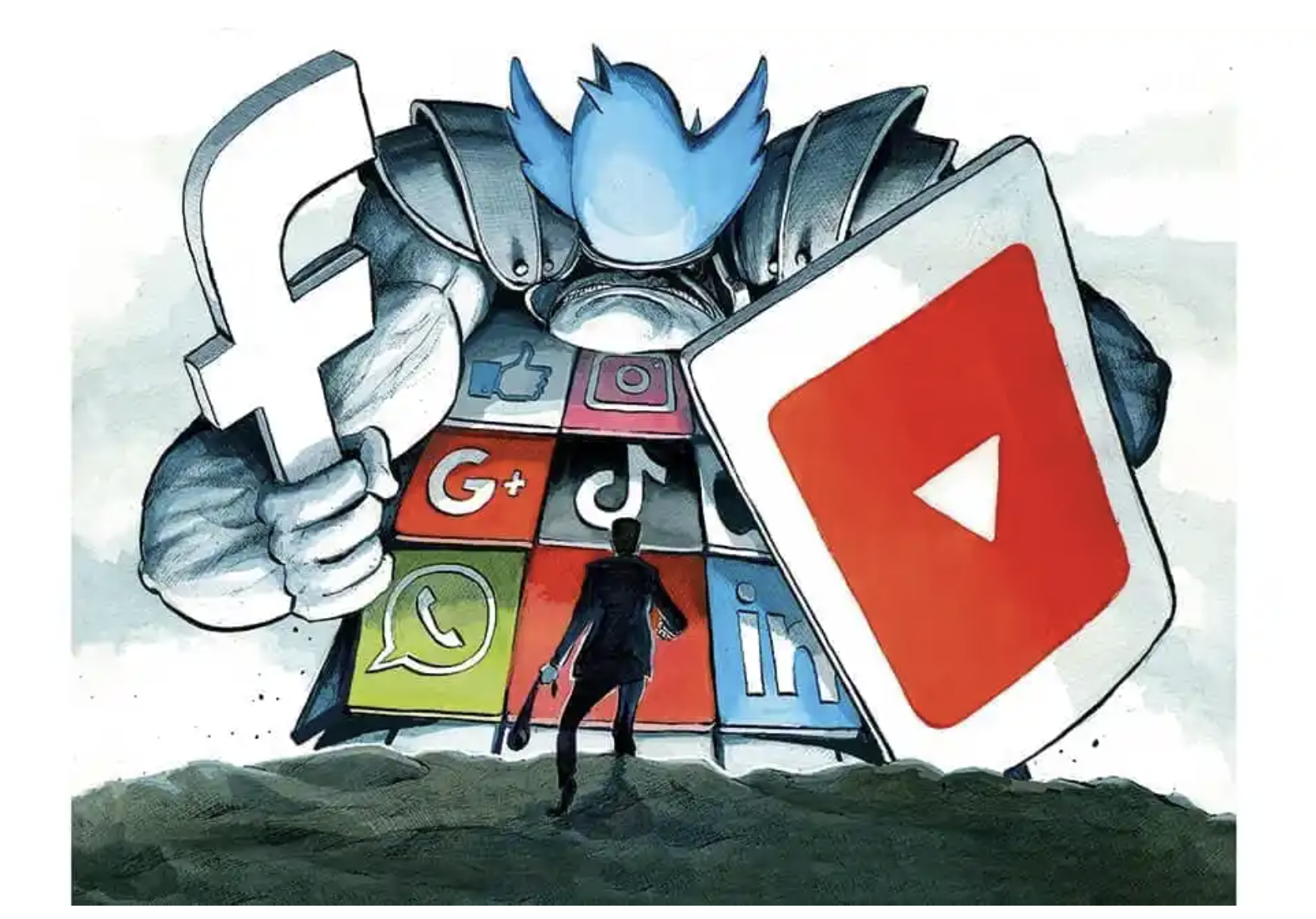If the Weekly Standard closes down by year’s end, as is widely expected and as Spectator USA first reported, the country will have lost one of its few remaining writer’s magazines. But for most people, the caliber of writing from Andrew Ferguson or Christopher Caldwell or Matt Labash is not what stands out about the Weekly Standard. Its reputation is tied to the Iraq War and to its founding editor’s reinvention of himself as the most acerbic NeverTrumper on Twitter. The latter has led the New York Times and other outlets to blame the closed-mindedness of conservatives toward criticism of Trump for the magazine’s demise.
Allow me to offer some perspective as a former editor and longtime staffer for a conservative magazine that opposed a Republican president from its very beginning. The American Conservative was launched in 2002 because no other conservative magazine on the East Coast was willing to publish much criticism of George W. Bush or the Iraq War. The situation was considerably worse then for NeverBush conservatives than it is today for a NeverTrumper, not least because in 2002, George W. Bush and his foreign policy enjoyed wide support among elite liberals as well as Republicans.
But a conservative magazine can survive, and even thrive, as a critic of a Republican president. President Trump and the conservatives who support him did not kill the Weekly Standard. Its flawed business model was the culprit.
The magazine’s business model worked brilliantly, while it lasted, but it depended on having a single zillionaire owner willing to absorb losses of many millions a year. It’s commonplace that all political magazines lose money. But the way they lose money is the key to their survival or extinction.
The Weekly Standard actually came about because of another magazine’s way of losing money: National Review depended for decades on non-tax-deductible donations made by its readers. It did not have a mega-wealthy owner — Bill Buckley was never quite as rich as he let on, although his wife came from a larger fortune — but relied on regular appeals to its already paying subscribers to pitch in even more to keep the operation solvent. This the readers did, despite NR’s status as a for-profit venture. But times were never easy, and as William F. Buckley Jr. began to retire from the magazine in stages, the question of how it would survive was pressing.
As David Frisk relates in his biography of National Review publisher Bill Rusher, at one point in the early 1990s, Rupert Murdoch expressed an interest in acquiring the magazine. It would have meant a renaissance, or at least a windfall, for NR. But Rusher and his successor as NR’s publisher, Wick Allison, opposed the sale —they argued to Buckley that it would be a betrayal of the small donors who had kept the magazine alive for 35 years to hand it over to a one man, and a businessman rather than a movement conservative at that. Buckley relented, reluctantly. Murdoch would not own NR.
But if NR wouldn’t sell, Murdoch had the means to make his own magazine from scratch. Exactly how Murdoch and Bill Kristol came to be connected I don’t know — it’s possible that Kristol would have become editor of National Review if it had been sold to Murdoch, or it may be that Kristol was independently thinking of starting a new magazine when he formed an alliance with Murdoch.
Kristol’s father, Irving, was the Johnny Appleseed of conservative, or neoconservative, publications, having had a hand in everything from Encounter to the Public Interest to the National Interest. Both Kristols had extensive networks of contacts in journalism, politics, and the think-tank world: Bill was Vice President Quayle’s chief of staff just three years before the Weekly Standard launched. So putting together a top-flight staff and roster of contributors for the new magazine was easily done. And a year later, many of those staffers and contributors would begin to appear on Murdoch’s new cable television news network for conservatives, Fox News.
Murdoch has made a lot of money in news media, but he probably never expected to turn a profit on the Weekly Standard. It was in his portfolio to confer prestige and legitimacy among conservatives and politicos, and those benefits were worth the cost of a few million dollars a year. But the Weekly Standard’s use to Murdoch ended when he acquired Dow Jones, including the crown jewel of right-of-center publications in the US, the Wall Street Journal. So he sold the magazine.
Philip Anschutz, a Colorado billionaire involved in many business ventures, bought the Weekly Standard, for much the same reason that Murdoch had started it: Anschutz was looking to expand his media holdings, creating a network of Examiner newspapers around the country. The Weekly Standard provided prestige and access to political leaders, especially Republicans.
The Weekly Standard’s value lay in the fact that it was an insider magazine. It was a top-down product — there was never an independent mass audience clamoring for a second National Review or for a specifically neoconservative publication. (Commentary, as a monthly, already served that market as far as demand could justify.) What was important was that the magazine be read not by a mass market but by Republican officials and their staff and various other influential persons, primarily in Washington, D.C. If officialdom read the Weekly Standard, then it was worth continuing to spend millions on it. In business terms as well as ideologically and literarily, the Weekly Standard had a lot in common with the New Republic, which for decades was dependent upon Marty Peretz’s singular financial support as owner of a magazine that touted itself during the Clinton years as the ‘inflight magazine of Air Force One.’
Like the Weekly Standard, the Peretz-era New Republic was a writer’s magazine, with an outstanding back of the book (i.e., reviews section). Like the Weekly Standard, the Peretz New Republic’s foreign policy could usually be summed up in three letters: W-A-R. And when Peretz traded off the New Republic to a new owner, the magazine was faced with a crisis — transform of die. It very nearly did both: today it exists as a more left-wing and far less influential publication. It survives nonetheless.
The Weekly Standard could conceivably have survived if it had been free to reposition itself as a dead center anti-Trump magazine—the centrist, pro-war, highly literate niche in American national media has been vacant since the old New Republic dried up and blew away. There are not very many NeverTrump conservatives, but perhaps together with the remaining Clinton liberals, there are enough to sustain a single magazine. Subscriptions and advertising would not keep it afloat, but they might be enough to attract an owner with an ideological commitment to the project. Even then, however, the days of multimillion-dollar deficits would have been a thing of the past. There simply are not that many wealthy individuals who are willing to lose so much money for so little practical impact. Nobody lays out the kind of money that Peretz, Murdoch, and Anschutz did because they like book reviews and witty profiles. Writers live for those kinds of things — but writers usually don’t have millions of dollars.
How have National Review and even The American Conservative been able to keep the reaper from the door? By not being for profit. TAC had, at a smaller scale, the same budgetary problems with a single owner (or a trio of owners, in the beginning) that the Weekly Standard had. But in 2009, I argued for converting the structure of the business into a nonprofit, so that instead of a single owner or a small group of shareholders losing a lot of money year after year, a larger base of donors could contribute smaller amounts — with a few major donors still kicking in five or low six figures. National Review, which had always had a non-profit model, even as a for-profit magazine, merged with a non-profit adjunct organization, the National Review Institute. Non-profit structures have generally provided greater longevity for political magazines, and not just on the right. The Nation is also non-profit.
The Weekly Standard remained for-profit and (in effect) individually owned all along. And now there are some seemingly insurmountable difficulties with selling the magazine to a post-Anschutz owner. A political magazine typically has only two assets. One is its subscriber list — which in accounting terms is in fact a liability, because you have to send people magazines or else send them back their money. But it’s functionally an asset because it can generate more revenue in the future.
Unfortunately for the Weekly Standard, however, its subscriber list will probably be converted into the initial subscriber list for the new national edition of the Washington Examiner magazine that Anschutz plans to launch January 1. The existing Washington Examiner has a D.C.-focused circulation. By simply switching the Weekly Standard subscribers over to the Examiner, the new publication will gain an immediate subscription base that would otherwise be difficult and expensive to build from scratch.
The other asset a political magazine has is its intellectual property, including the goodwill and brand recognition attached to it. The name Weekly Standard has some market value, as does the magazine’s archive of stories. But here too there’s a fatal difficulty: if Anschutz wants to turn existing Weekly Standard subscribers into new Examiner magazine subscribers, it would make no sense to allow a competing, new Weekly Standard to exist by selling or giving away the unwanted name and IP. For the Washington Examiner to maximize conversion of Weekly Standard subscribers, there cannot be a Weekly Standard of any kind available.
Beyond that, however, think about the brand itself: in the public mind, the name Weekly Standard is associated with one thing that’s unpopular with almost everyone (the Iraq War), and another that’s unpopular with its formerly intended audience of conservatives (opposition to Trump). The person most identified with the brand is Kristol, by far. He stepped down as editor at the end of 2016, but his public persona still defines the magazine: his bitter, flippant, or sarcastic tweets about Trump and Trump supporters are the Weekly Standard’s brand in the public’s eye. Few people look at the masthead of a magazine closely enough to realize when a prominent editor such as Kristol has been replaced by a less prominent once such as Steve Hayes — and because Kristol remains on the masthead as editor-at-large, ordinary readers have even more cause for confusion. (‘Editor-at-large’ sounds a lot like ‘editor’ to most people, but in fact usually means ‘ex-editor.’)
Fairly or not, Bill Kristol is the brand.
Finally, there’s the name: Weekly Standard. If someone were to buy it for a print magazine, the buyer would have to make the ensuing product, well, weekly, which is enormously expensive in today’s web-driven journalism market. The American Conservative was able to survive in part because it was free to switch from a fortnightly to a monthly schedule, and then from monthly to semi-monthly. But you can’t make the Weekly Standard monthly.
It also made little sense to use the name for a website: the web is about daily, even hourly and minute-to-minute content. There are few sites that thrive as weeklies. In 1995 when the Weekly Standard launched, a weekly news magazine was an influential medium: TIME and Newsweek were still titans of the media landscape. Today TIME and Newsweek are irrelevant; the very idea of a newsweekly is archaic. Print is still prestigious, but news has to be new — and that usually means online. By the time it’s in print, it’s old. The Weekly Standard couldn’t keep up.

























